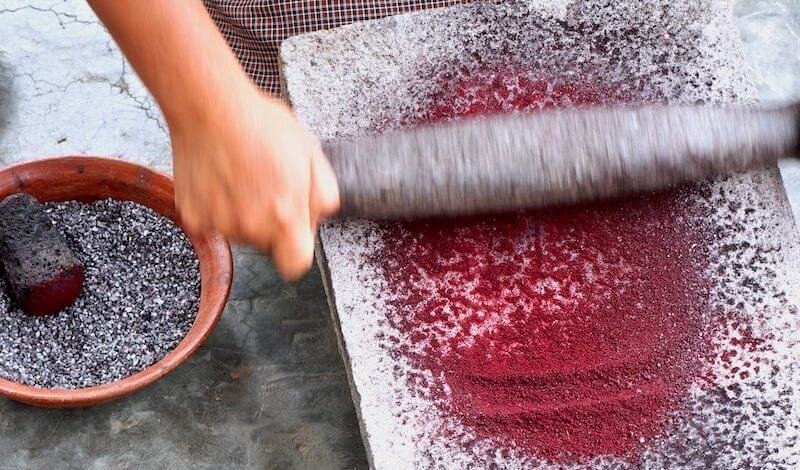A surprising amount of the food we consume contains various compounds to add color. Marshmallows look white, but they contain blue coloring (to keep them from growing less bright as they sit on shelves). Starbucks uses food coloring in its strawberry drinks. And frozen meat, like fish and crab meat, contains red food coloring to make it more appealing.
But where do we get this food coloring from? In the case of many red dyes, it comes from an unexpected source:
The crushed bodies of a Central and South American insect, called the Cochineal.
In order to repel other insects, birds, or other creatures that may find it to be a tasty snack, the Cochineal produces a nasty-tasting compound called carminic acid… If you harvest a bunch of these bugs, crush them up, and dunk them in an acidic solution, the carminic acid can be extracted. When extracted and processed through mixing with salts, the result is carmine dye, which is a brilliant, vibrant red color.
(You may also recognize this color under other names, including Cochineal extract, Natural Red 4, E120, or Crimson Lake.)
Thankfully, these bugs grow and reproduce quickly, since it can take 70,000 individual Cochineal insects to produce a pound of Carmine Red dye!































